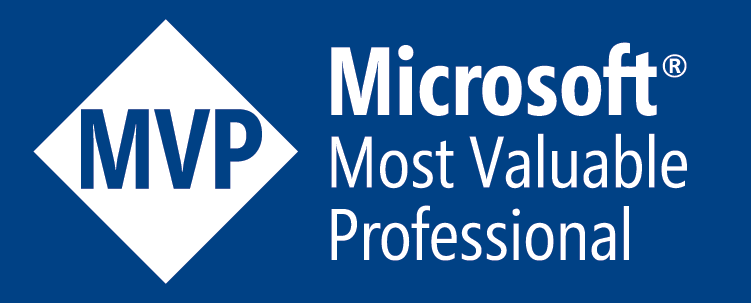Integrating Azure Document Intelligence with Azure OpenAI

Integrating Azure Document Intelligence with Azure OpenAI
Overview
Businesses deal with large volumes of unstructured documents — invoices, contracts, forms, reports, and emails. Extracting information from these documents manually is time-consuming and error-prone.
Azure Document Intelligence (formerly Form Recognizer) allows you to automate this extraction using AI models that understand document structure and content. Meanwhile, Azure OpenAI Service provides powerful language models like GPT-4 that can interpret, summarize, and reason over text.
By integrating these two services, organizations can build intelligent document processing pipelines that:
- Extract data and structure from documents
- Enrich, summarize, and interpret this data
- Enable advanced search, reasoning, and automation workflows
Technical Implementation
High-Level Process

Component Breakdown
| Component | Description |
|---|---|
| Azure Blob Storage | Store scanned PDFs, images, documents |
| Azure Document Intelligence | Extract text, layout, and structured data from documents |
| Azure OpenAI Service | Interpret, summarize, answer questions on extracted content |
| Application Layer | Web apps, chatbots, dashboards using enriched data |
Detailed Implementation
Pre-requisites
- Azure Subscription
- Azure Document Intelligence Resource
- Azure OpenAI Resource (GPT-4 model)
- Storage Account (Blob Storage)
- Optionally: Azure Functions, Logic Apps, or Power Automate to automate the pipeline
Step-by-step Pipeline
Step 1: Upload Documents User uploads scanned PDF, image, or document to Azure Blob Storage.
Step 2: Trigger Document Intelligence
- Use Azure Function / Logic App to trigger Document Intelligence on blob upload.
- Call REST API of Azure Document Intelligence (Document Analysis model).
POST https://{endpoint}/formrecognizer/documentModels/prebuilt-layout:analyze?api-version=2023-07-31
- Response: JSON with extracted text, tables, key-value pairs, layout.
Step 3: Prepare Prompt for Azure OpenAI
- Combine extracted text and structured data.
- Construct a system prompt for GPT-4:
You are a document analyst. Given the following extracted content from a contract, summarize the key clauses and obligations. Content:
[EXTRACTED TEXT]
Step 4: Call Azure OpenAI API
- Send the prepared prompt + extracted content to Azure OpenAI GPT-4 endpoint:
POST https://{endpoint}/openai/deployments/{deployment-id}/chat/completions?api-version=2024-02-01
- Model returns summary / insights / answers.
Step 5: Use the Results
- Store results in:
- SQL Database
- Azure Cognitive Search index
- SharePoint list
- Expose via:
- Power BI dashboard
- Power Apps app
- Teams chatbot (Copilot Studio)
- Web portal
Use Cases
1. Contract Analysis
- Upload contracts and extract key terms.
- Use GPT-4 to:
- Summarize obligations.
- Highlight risks.
- Answer questions like “What is the payment term?”
2. Invoice Processing
- Extract fields like invoice number, amount, due date.
- Use GPT-4 to:
- Validate extracted data.
- Provide descriptive summaries of expenses.
- Trigger workflows if anomalies are detected.
3. Intelligent Search
- Index extracted content into Azure Cognitive Search.
- Use GPT-4 to provide natural language Q&A over documents.
Example:
User: What is the warranty period mentioned in supplier contracts?
Response (via GPT-4): The warranty period is 2 years from the date of delivery.
4. Report Summarization
- Summarize large technical or financial reports.
- Provide executive summaries.
- Extract action items from meeting transcripts.
5. Email Understanding
- Ingest emails and attachments.
- Summarize email chains.
- Answer questions like What tasks were assigned to John in this email thread?
Summary
Integrating Azure Document Intelligence with Azure OpenAI unlocks the next level of document understanding: Automate extraction of structured and unstructured data, Enhance documents with GPT-4 reasoning and summarization, Build rich applications with intelligent document Q&A, and Improve compliance, efficiency, and user experience.






Leave a comment